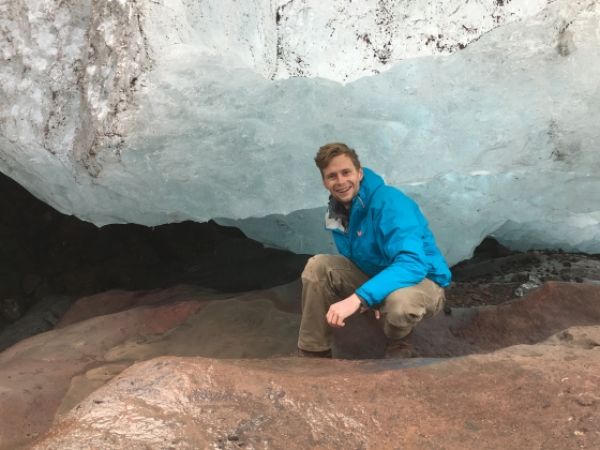Using years’ worth of data collected from ice-covered habitats all over the world, a Montana State University team has discovered new insights into the processes that support microbial life underneath ice sheets and glaciers, and the role those organisms play in perpetuating life through ice ages and, perhaps, in seemingly inhospitable environments on other planets.
Doctoral candidate Eric Dunham of MSU’s Department of Microbiology and Immunology in the College of Agriculture, along with mentor Eric Boyd, published their findings in the journal Proceedings of the National Academy of Sciences this week. The work examines the ways water and microbes interact with the bedrock beneath glaciers, using samples of sediment taken from glacial sites in Canada and Iceland.
“We kept finding organisms in these systems that were supported by hydrogen gas,” said Boyd of the inspiration for the project. “It initially didn’t make sense, because we couldn’t figure out where that hydrogen gas was coming from under these glaciers.”
Continue reading at Montana State University
Image via Montana State University


